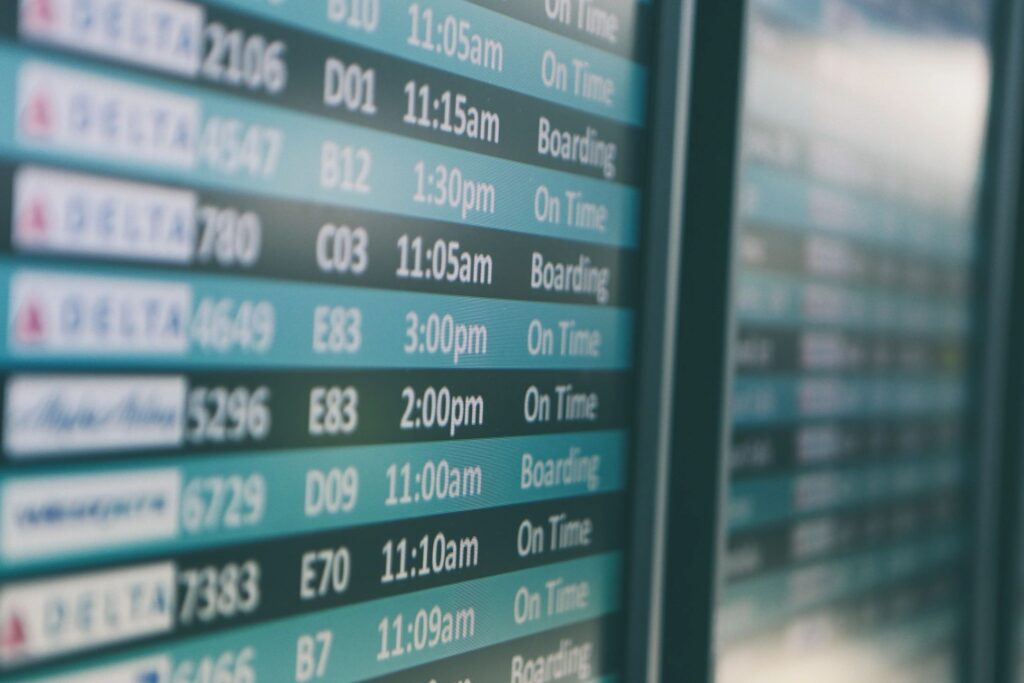
Planning a trip to Europe? As an American traveler, it’s crucial to ensure you have comprehensive travel insurance before you embark on your journey. At Island Insurance Group, we understand the unique needs of U.S. travelers and offer tailored travel insurance plans to provide peace of mind. Here are some essential statistics and insights to help you prepare for your European adventure.
Health and Safety
Healthcare Access
- Emergency medical services in Europe are widely available, but travelers should have travel insurance that includes health coverage. Approximately 90% of European countries have a higher healthcare ranking than the U.S. (World Health Organization).
COVID-19 Statistics
- As of 2024, most European countries have lifted major COVID-19 travel restrictions, but vaccination or testing requirements may still apply (CDC).
Crime Rates
- Petty theft and pickpocketing are common in tourist areas in Europe. In cities like Barcelona and Rome, travelers should be especially vigilant (U.S. Department of State).
- Violent crime rates in Europe are generally lower than in the United States (Eurostat).
Travel and Transportation
Public Transportation
- Europe boasts an extensive and efficient public transportation network, with 70% of travelers using trains, buses, and metros for intra-city travel (Eurostat).
- High-speed trains, such as the Eurostar and Thalys, can travel up to 186 mph, making train travel a fast and convenient option (Rail Europe).
Driving in Europe
- Americans can drive in Europe with an International Driving Permit (IDP) along with their U.S. driver’s license (AAA).
- Gasoline prices in Europe average $7 per gallon, significantly higher than in the U.S. (European Commission).
Currency and Finance
Currency Exchange Rates
- As of 2024, the exchange rate is approximately 1 USD = 0.90 EUR, but travelers should check for current rates before exchanging money (XE Currency).
- Credit cards are widely accepted, but it’s advisable to carry some cash for small purchases and in rural areas (Travel.State.Gov).
Cost of Living
- The cost of living varies widely across Europe; for example, Northern European countries like Norway and Denmark are more expensive, while Eastern European countries like Poland and Hungary are more affordable (Numbeo).
- A meal at a mid-range restaurant in Western Europe averages $20-$30 per person (Numbeo).
Travel Logistics
Entry Requirements
- U.S. citizens can travel to most European countries for up to 90 days within a 180-day period without a visa under the Schengen Agreement (Schengen Visa Info).
- Starting in 2024, U.S. travelers will need to apply for an ETIAS (European Travel Information and Authorization System) before entering the Schengen Area (European Union).
Language
- English is widely spoken in tourist areas, but learning basic phrases in the local language can enhance the travel experience (EF Education First).
Weather
- Europe’s climate varies significantly; southern Europe experiences hot summers and mild winters, while northern Europe can be cold and snowy in the winter (World Meteorological Organization).
- The best time to visit Europe is during the spring (April to June) and fall (September to October) when the weather is pleasant and tourist crowds are smaller (Lonely Planet).
Cultural Considerations
Cultural Etiquette
- Tipping practices vary by country; for example, in France, a 10% tip is appreciated, while in Italy, service is often included in the bill (Rick Steves Europe).
- Dress codes can be more formal in Europe; it’s advisable to dress smartly, especially when visiting churches or upscale establishments (Fodor’s Travel).
Local Customs
- Be aware of local customs and traditions; for instance, in Spain, shops often close for a siesta in the afternoon (Lonely Planet).
- Public transportation etiquette, such as giving up seats for the elderly and avoiding loud conversations, is important in Europe (TripSavvy).
Communication
Mobile Connectivity
- European SIM cards are widely available and offer affordable rates for data and calls (Travel.State.Gov).
- Free Wi-Fi is commonly available in cafes, hotels, and public spaces in major European cities (NomadList).
Emergency Numbers
- The universal emergency number in Europe is 112, which can be dialed for police, fire, or medical emergencies (European Emergency Number Association).
By providing these statistics and information, Island Insurance Group aims to help American travelers make informed decisions and prepare effectively for their trips to Europe. Ensure you are covered with the right travel insurance to protect yourself from unexpected events. Contact Sam Bennett, our principal agent, to find out more about our comprehensive travel insurance plans. Visit Island Insurance Group for more details.





